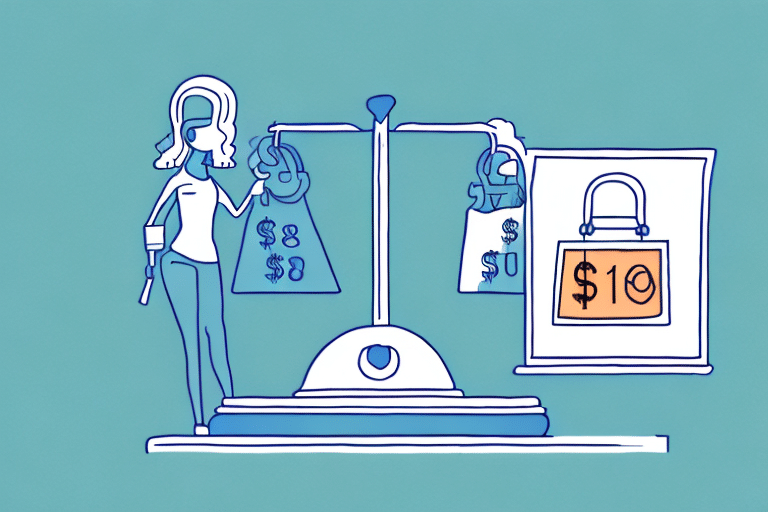Introduction to USPS and UPS Shipping Services
Shipping items is an essential aspect of both personal and business logistics in today’s world. The two leading shipping services in the United States are the United States Postal Service (USPS) and United Parcel Service (UPS). Understanding the offerings, strengths, and limitations of each can help you make informed decisions tailored to your specific shipping needs.
Key Differences Between USPS and UPS
Government-Run vs. Private Company
The United States Postal Service is a government-run entity established in 1775, operating under federal oversight. In contrast, UPS is a privately-owned corporation founded in 1907, focused on profit-driven operations.
Network Size and Reach
USPS boasts thousands of local post offices and processing centers nationwide, ensuring widespread accessibility. UPS, with its extensive fleet of trucks and aircraft, offers robust domestic and international delivery capabilities.
Cost Comparison: Shipping Costs and Calculators
Pricing Structures
USPS generally offers more affordable rates for smaller and lighter packages, especially with services like Priority Mail Flat Rate. UPS, however, tends to provide competitive pricing for larger and heavier shipments.
Online Shipping Calculators
Both USPS and UPS provide online calculators to estimate shipping costs based on package weight, dimensions, destination, and desired delivery speed. Utilizing these tools can help you choose the most cost-effective option. For detailed shipping rate comparisons, refer to the UPS Shipping Calculator and the USPS Price Calculator.
Service Offerings: Delivery Times, Tracking, and Packaging
Delivery Speed and Options
USPS offers a variety of delivery speeds, including First-Class Mail, Priority Mail, and Priority Mail Express, catering to different urgency levels. UPS provides services like Ground, 2nd Day Air, and Next Day Air, which are often preferred for faster and more reliable deliveries.
Tracking Capabilities
Both carriers offer tracking services, but UPS typically provides more detailed real-time tracking information. USPS tracking is available for most services, but the granularity may vary.
Packaging Options
USPS offers free packaging for certain services such as Priority Mail boxes and envelopes. UPS provides free packaging supplies for select services like UPS Express Box. Proper packaging ensures the safety and integrity of your shipments.
Pros and Cons of USPS and UPS
United States Postal Service (USPS)
- Pros: Cost-effective for small packages, extensive network, flat-rate shipping options.
- Cons: Longer delivery times for some services, potential delays during peak seasons.
United Parcel Service (UPS)
- Pros: Reliable and faster delivery options, comprehensive tracking, suitable for larger packages.
- Cons: Higher costs for smaller shipments, additional fees for certain services.
Customer Service and User Reviews
Customer Support Availability
USPS offers 24/7 customer support through their website and phone services, along with in-person assistance at local post offices. UPS provides customer support during business hours and through its UPS My Choice feature, which enhances delivery management.
User Feedback
Customer reviews highlight USPS's affordability and wide accessibility, though some report delays and inconsistent service. UPS is praised for its reliability and efficient handling, but users occasionally cite higher costs and strict package requirements as drawbacks.
International Shipping and Business Use
Global Shipping Services
Both USPS and UPS offer international shipping options. USPS provides services like Priority Mail International and Priority Mail Express International, while UPS offers Worldwide Expedited and Worldwide Express.
Best Options for Small Businesses
Small businesses benefit from USPS's affordable rates for lightweight international shipments. UPS is preferable for businesses requiring reliable and fast international deliveries, especially for larger consignments.
For more insights on international shipping strategies, refer to the U.S. Customs and Border Protection and Export.gov.
Conclusion: Which Shipping Service is Right for You?
Choosing between USPS and UPS depends on your specific shipping requirements, including package size, budget, delivery speed, and destination. USPS is ideal for affordable, domestic, and smaller packages, while UPS excels in handling larger, time-sensitive, and international shipments. Assess your priorities and utilize available resources to determine the best shipping partner for your needs.






















